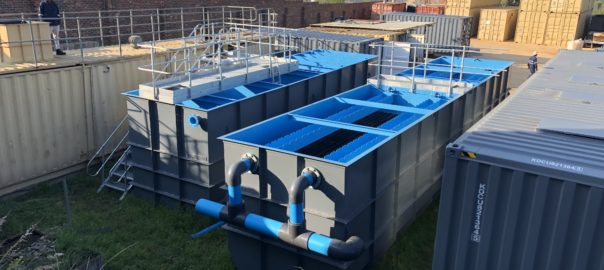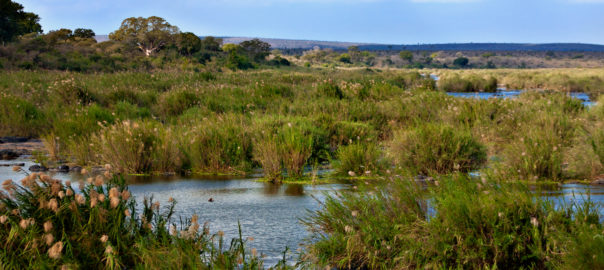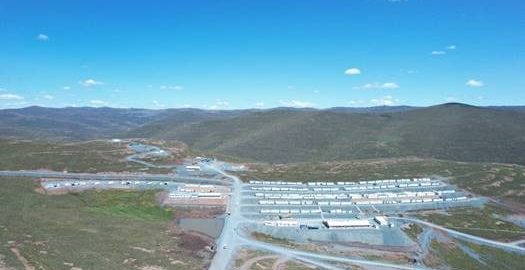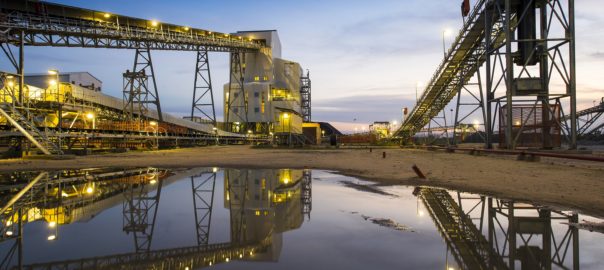WEC Projects, a South African EPC contractor specialising in water and sewage treatment plants, says it has completed a contract for the design and engineering of three water treatment plants for Endeavour’s Lafigué gold mine, approximately 120 kms northeast of Bouake in Côte d’Ivoire.
WEC has designed and built three water treatment plants – one filtration unit for treating water used for processes, dust control, fire suppression and other applications at the mine, and two units for treating potable water to be used by the personnel at the mine and mine camp. The treatment plants will be fed raw water from various boreholes at the mine.
The filter water treatment plant is capable of processing up to 130 cu.m/h of water and comprises of two modified shipping containers – a 6 m container which will house the electrical controls and a 12 m container with four filter units, which measure 2.2 m in height and 1.8 m in diameter each, as well as the primary pump system and blower unit. Raw water is fed into the custom-built inlet flocculation tank where it undergoes chemical coagulation to allow solids to settle. After the flocculation tank, the dosed water will enter a custom clarifier tank whereby lamella media will aid the settling process. From the clarifier, the water enters the break tank that supplies the filters. The systems’ blower unit is for air scouring of the filters, reducing the need for backwashing, according to WEC. The water passes through the filtration units and is distributed to the client/mine holding tanks. The filtration system uses specialised silica media and activated carbon media for the filtration process to remove solids and organic compounds, it added.
For potable water, the company designed and built two plants with processing capacities of 10 cu.m/h and 5 cu.m/h per day, respectively, and which will be used for drinking water at the mine and the mine camp. The systems will be installed in 12 m shipping containers and feature sophisticated filtration and treatment processes. Raw water is fed into the plant’s filtration section and filtered through activated carbon which removes organic compounds as well as improves the taste and odour of the filtered water. The water is also softened using resin and salts and then remineralised. Chlorine hypochlorite and ultraviolet radiation is used for disinfection before the treated water is fed back to the mine and mine camp.
All three plants include motor control systems, human-machine interfaces and programmable logic controllers to ensure a high level of automation. The only human intervention required is to monitor the processes from the control room and to add treatment chemicals as required, according to the company.
Ashly Forster, Project Manager at WEC Projects, said: “The biggest challenge for WEC was the tight deadline involved. WEC secured the project in November 2022 and we have completed the plants in April 2023. This required considerable streamlining of the fabrication and assembly processes. We were also challenged by the logistics of securing the various components from suppliers on time, including the electricals and instrumentation which have been affected by the worldwide chip shortage. Some of the components, such as the UV disinfection system, required long lead times.”
Forster added: “As the units are containerised, the transportation and assembly on site will be faster with less on-site time required. WEC personnel will commission the plants once they have been installed on site. WEC will also conduct audits of the plants on a quarterly basis to ensure their operational efficiency and effectiveness. This will allow us to make any necessary adjustments and impact the performance of the plants.”











